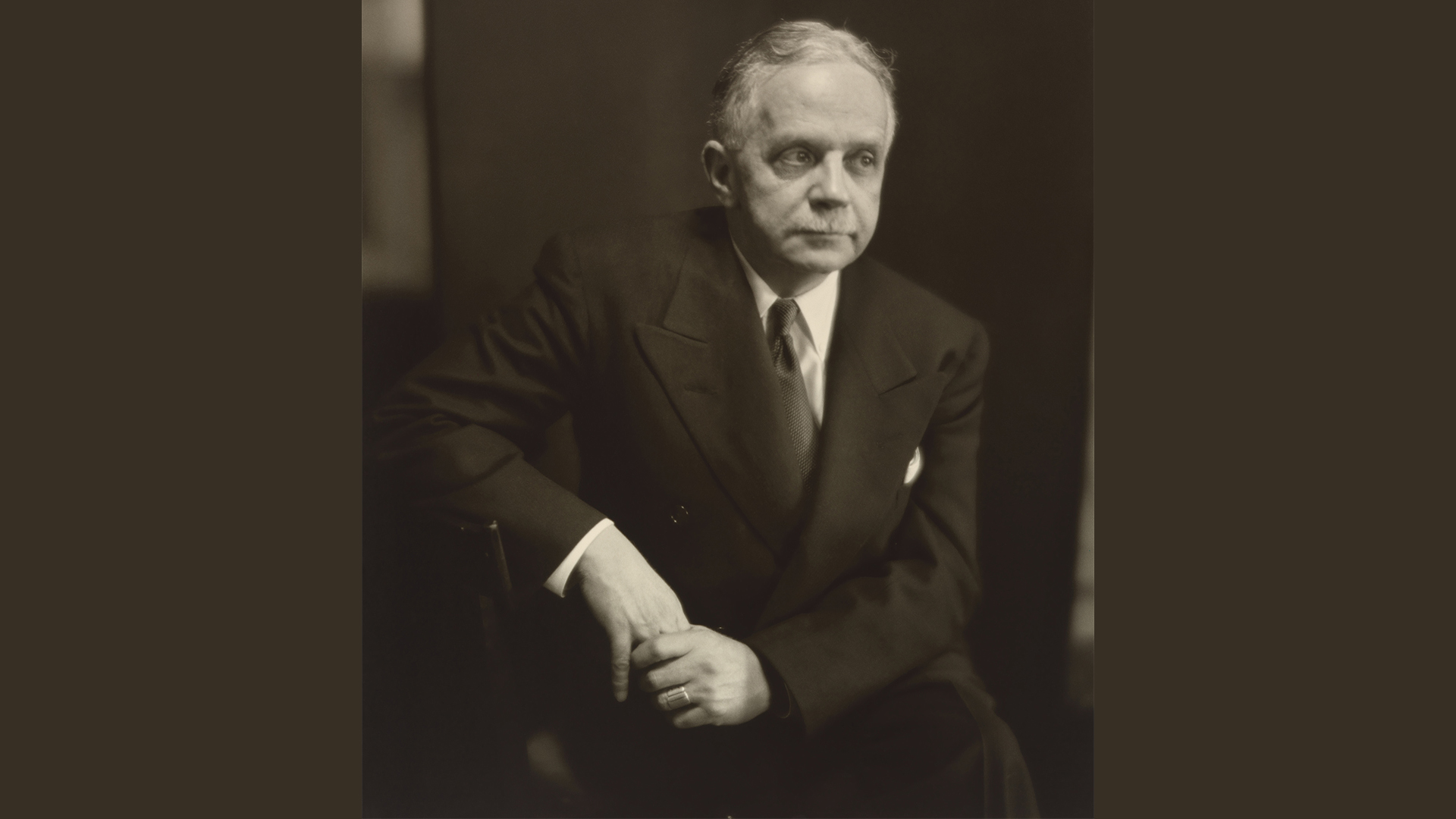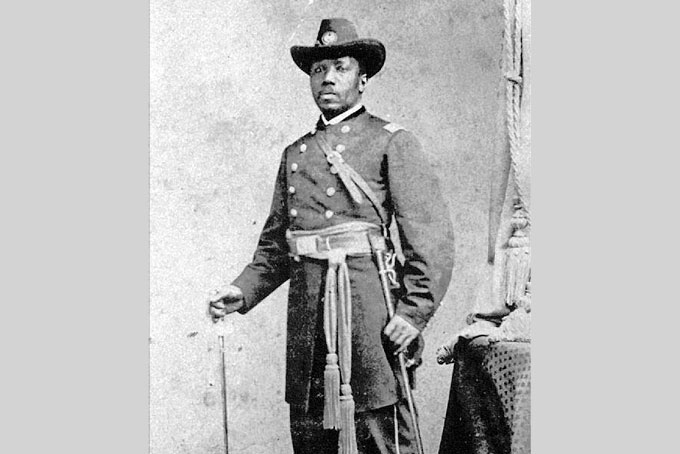1852—The leading Black nationalist of the 1800s Martin R. Delany publishes his manifesto entitled “The Condition, Elevation, Emigration and Destiny of the Colored People of the United States.” Delany, who fought in the Civil War to end slavery, became frustrated with American racism and argued that Blacks were “a nation within a nation” who should consider returning to their Africa homeland. Delany, who became a doctor, would later advance an argument for reparations saying, “They [Whites] had been our oppressors and injurers. They obstructed our progress to the high positions of civilization. And now it is their bounden duty to make full amends for the injuries thus inflicted upon an unoffending people.” Delaney died in Wilberforce, Ohio, in 1885.
1852—“Uncle Tom’s Cabin,” a novel by Harriet Beecher Stowe, is published in Boston and becomes a national bestseller. The novel was based in part on a real life Maryland slave named Josiah Henson. Many considered Henson the arch type “Uncle Tom” who was over accommodating to Whites and accepting of his condition as a slave. Revisionist historians have treated Henson more kindly suggesting he was simply being pragmatic and actually helped other slaves.
1883—Jan Matzeliger receives a patent for the “shoe lasting” machine, which would revolutionize the shoe industry, significantly reduce the cost of shoes and make Lynn, Mass., the shoe-making capital of the world. Matzeliger was born in Dutch Guiana (today’s Surinam) and arrived in America at 18 or 19 speaking very little English. His invention would eventually enable an entire shoe to be produced in 60 seconds by one machine. The patent was purchased by the United Shoe Company. Unfortunately, Matzeliger died at 37 before he was able to realize any of the enormous profits produced by his invention.
1957—Filmmaker Spike Lee is born in Brooklyn, N.Y.

1955— Walter White dies. As head of…
Read the full article here





